10 Spicy Secrets Behind African Staple Foods That Will Tantalize Your Taste Buds
African cuisine is a vibrant tapestry woven with centuries of tradition, trade, and terroir. At the heart of this culinary richness lie the continent's staple foods — not just sources of sustenance but bold expressions of culture, community, and creativity. In this article, we'll explore ten flavorful secrets behind African staple foods that will make your taste buds dance and your kitchen adventures sizzle.
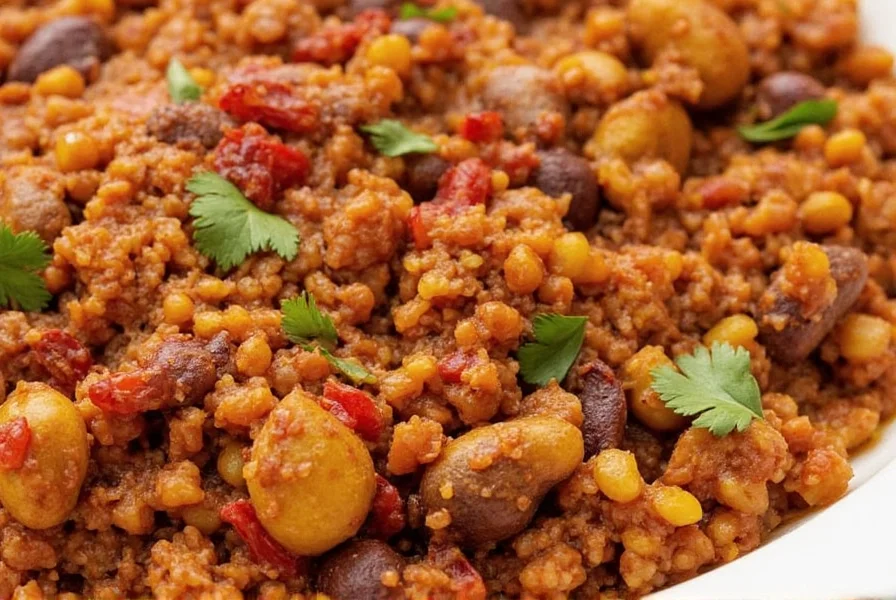
Table of Contents
- What Makes a Food a "Staple" in Africa?
- Top 5 African Staple Foods by Region
- Spice: The Soul of African Staple Dishes
- Cooking Methods That Make the Magic Happen
- How to Buy Authentic African Ingredients
- Spice Pairings That Will Upgrade Your African Cooking Game
- From Farm to Table: The Cultural Significance of Staples
- DIY: How to Make Your Own African-Inspired Staple Dish at Home
- Buying Guide: Must-Have Spices for African Cuisine
- Conclusion: Embrace the Spice, Honor the Tradition
What Makes a Food a "Staple" in Africa?
In many cultures across Africa, a staple food isn't just what’s eaten every day — it's the foundation of identity, history, and flavor. Staple foods are typically plant-based carbohydrates like grains, tubers, or legumes that provide energy and form the base of most meals. They’re often paired with spiced stews, grilled meats, vegetables, or sauces.
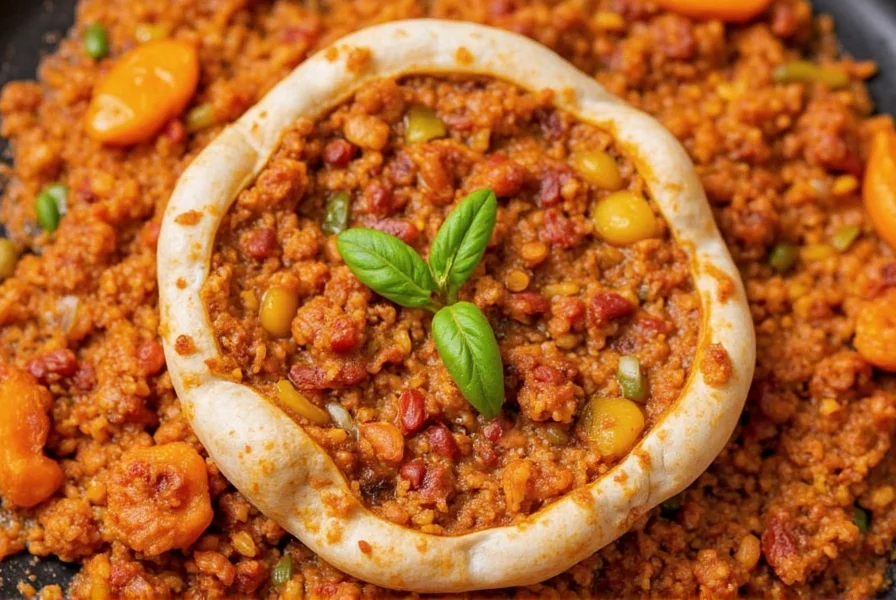
But here's the spicy twist: these staples aren’t boring! Depending on the region, they come seasoned, fermented, roasted, or boiled — each method bringing out new textures and tastes. And yes, spices are always involved!
Top 5 African Staple Foods by Region
| Region | Staple Food | Main Ingredient | Common Preparation Method | Popular Spice Pairings |
|---|---|---|---|---|
| West Africa | Fufu | Cassava, yam, or plantain | Pounded into dough | Ginger, chili, nutmeg |
| East Africa | Ugali | Maize flour | Boiled into a stiff porridge | Coriander, curry powder |
| Central Africa | Luwombo | Cassava flour or millet | Steamed in banana leaves | Turmeric, garlic |
| Southern Africa | Pap | Maize meal | Simmered into a creamy porridge | Black pepper, bay leaf |
| North Africa | Couscous | Durum wheat | Steamed and fluffed | Cumin, cinnamon |
Each of these staples is more than just filler — they're canvases waiting to be painted with layers of spice and protein.
Spice: The Soul of African Staple Dishes
While the carb-heavy base may anchor the meal, it’s the spices that elevate it from simple sustenance to soulful celebration. African cooking is all about balance — heat, earthiness, brightness, and umami all playing together in harmony.
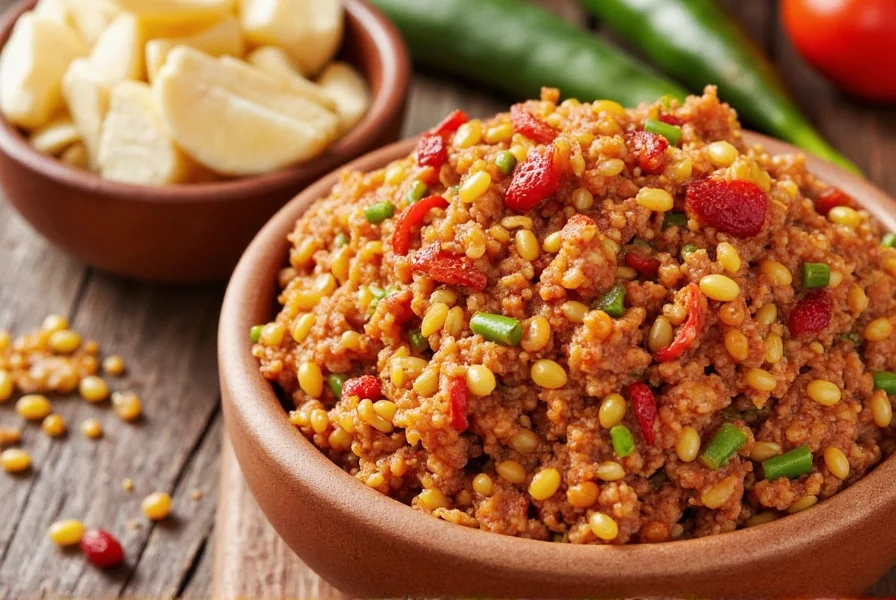
- Ginger: Found in West African soups and drinks, it adds warmth and a zesty kick.
- Cumin: A North African favorite, especially in couscous and tagines.
- Berber: This fiery blend varies by family but usually includes garlic, paprika, and coriander.
- Bouk bouk: A Ghanaian mix featuring dried shrimp, chili, and salt — perfect for frying and stewing.
- Kaloum spice blend: From Cameroon, used in rich meat and vegetable dishes.
Cooking Methods That Make the Magic Happen
The way African staples are cooked often defines their character. Here’s how regional methods bring out the best flavors:
- Pounding: Used for fufu, this labor-intensive technique gives a unique stretchy texture.
- Steaming: Popular in Central Africa for dishes like luwombo, which are wrapped in banana leaves.
- Simmering: Pap and ugali both require slow cooking to reach the perfect consistency.
- Roasting: Cassava and plantains are often roasted before being pounded or mashed.
- Fermentation: Seen in foods like injera (Ethiopia) or banga soup (Nigeria), where sourness adds depth.
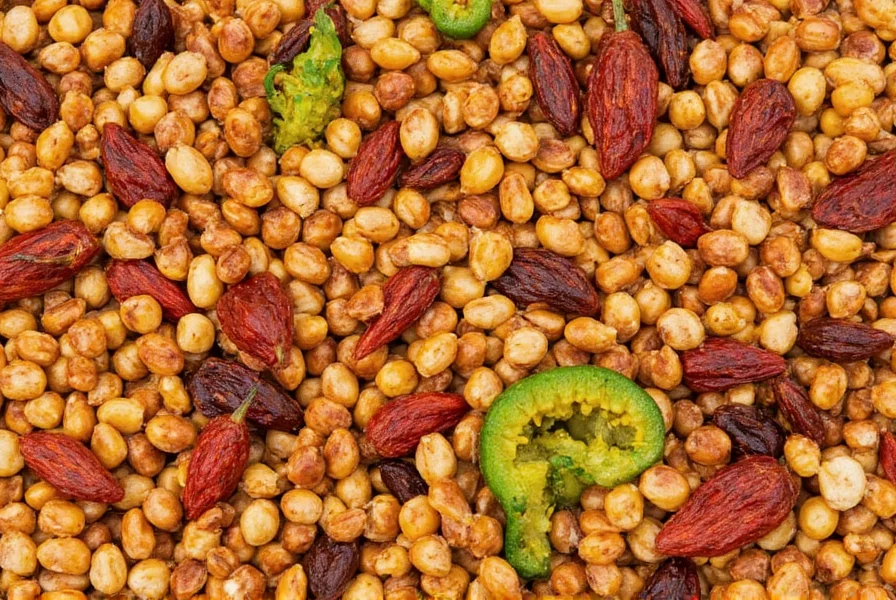
How to Buy Authentic African Ingredients
If you're not traveling through the continent anytime soon, fear not — authentic ingredients can be found closer than you think. Here's where to look and what to buy:
- Local African Markets: Often stocked with imported spices and flours.
- Online Retailers: Many now offer global pantry items including berbere, bouk bouk, and dried okra.
- International Grocery Stores: Especially Asian or Middle Eastern markets sometimes carry overlapping spices.
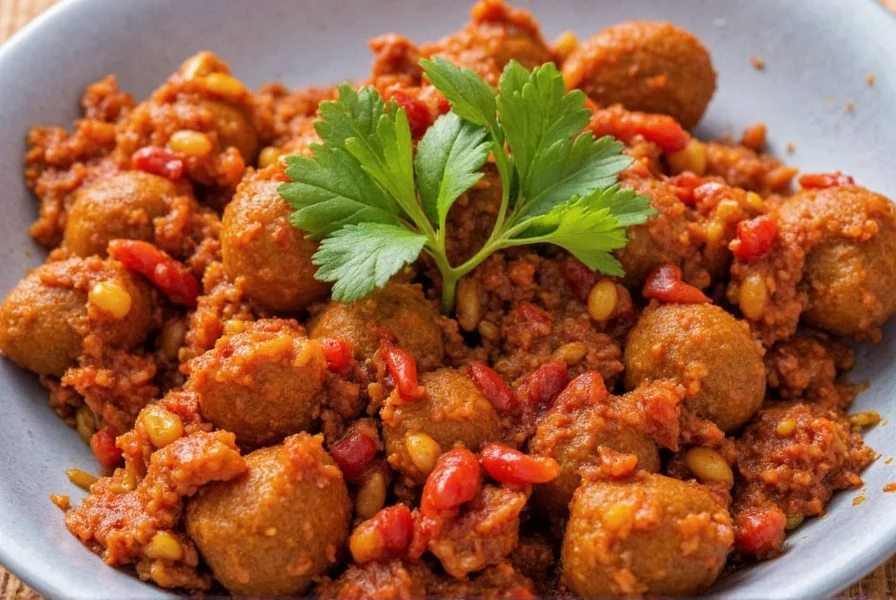
Look for labels indicating origin — for example, “Ghanaian” or “Cameroonian” spices often mean authenticity and quality.
Spice Pairings That Will Upgrade Your African Cooking Game
| Staple | Best Spice Pairing | Why It Works | Easy Recipe Suggestion |
|---|---|---|---|
| Fufu | Ginger + Chili | Adds zing to neutral base | Try with light peanut soup |
| Ugali | Curry Powder + Garlic | Makes veggie sides pop | Pair with sukuma wiki |
| Luwombo | Turmeric + Cinnamon | Elevates steamed texture | Top with coconut chicken stew |
| Pap | Smoked Paprika + Bay Leaf | Deepens savory notes | Combine with beef stew |
| Couscous | Cumin + Lemon Zest | Bright and aromatic combo | Make with chickpeas and carrots |
From Farm to Table: The Cultural Significance of Staples
African staple foods are deeply intertwined with heritage and daily life. They reflect agricultural practices, communal values, and even historical narratives. For instance:
- Cassava was introduced to Africa from South America but has become essential across the continent.
- Rice cultivation in West Africa dates back over a thousand years, tied closely to women’s farming traditions.
- Couscous is considered sacred in some regions, traditionally prepared for religious holidays and ceremonies.

When you cook these foods, you’re not just making dinner — you’re honoring generations of resilience, adaptation, and flavor.
DIY: How to Make Your Own African-Inspired Staple Dish at Home
Ready to try your hand at an African staple? Let’s make Fufu — one of the easiest to replicate with just a few ingredients.
Simple Boiled Fufu (from Frozen Cassava)
- 1 block frozen cassava
- Water
- Pinch of salt
- Bring a large pot of water to a boil.
- Add cassava and cook for 15–20 minutes until tender.
- Drain and mash slightly with a fork or potato masher.
- Roll into small balls or serve flat with a spoon for scooping soups or stews.
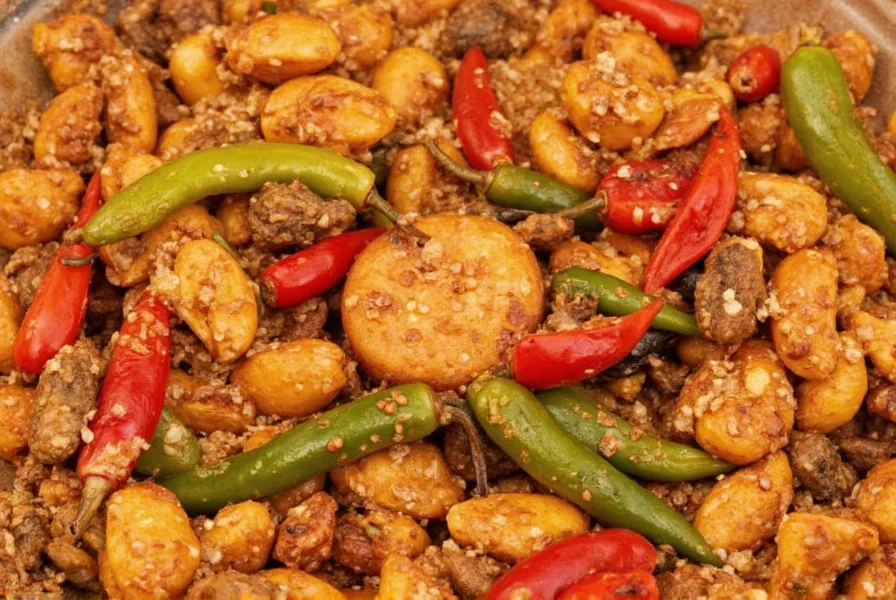
Pro tip: Add crushed garlic or grated ginger to the boiling water for extra flavor!
Buying Guide: Must-Have Spices for African Cuisine
| Spice/Blend | Key Features | Best Use Case | Who Should Buy It | Occasions to Use |
|---|---|---|---|---|
| Berber Spice Blend | Earthy, smoky, and mildly hot | Couscous, lamb dishes | North African cuisine lovers | Holiday feasts, gatherings |
| Bouk Bouk | Umami-rich with dried shrimp | Seafood or vegetable stews | West African enthusiasts | Family dinners, seafood nights |
| Kaloum Mix | Peppery with deep herbal notes | Beef or goat dishes | Cameroon home cooks | Barbecues, weeknight meals |
| Grains of Selim | Pungent, peppercorn-like flavor | Slow-cooked soups and rice | Advanced spice collectors | Specialty cooking |
| Dawadawa (Fermented Locust Bean) | Strong, cheesy aroma | Vegetable soups | Authenticity seekers | Traditional festivals |
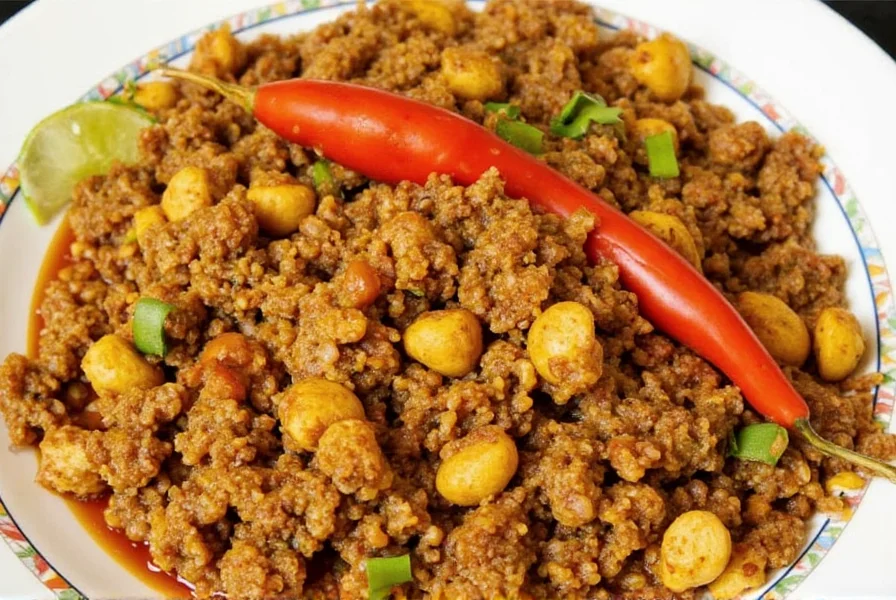
Conclusion: Embrace the Spice, Honor the Tradition
African staple foods are far more than background players — they’re the heroes of hearty, spiced, and soulful meals. Whether you're shaping fufu with your hands or stirring a bubbling pot of spiced ugali, each bite tells a story of land, people, and passion.
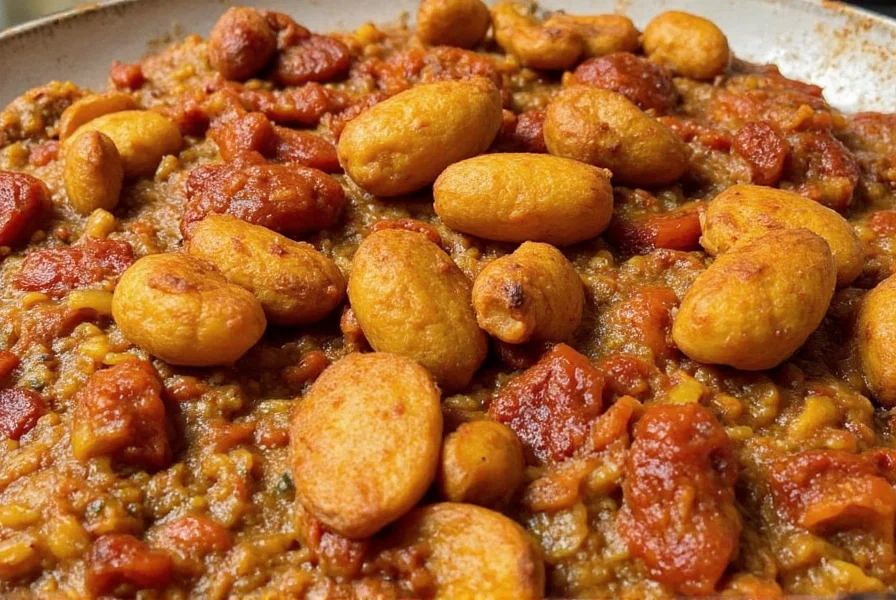
So why not bring a little bit of that spirit into your own kitchen? Experiment with spices, share the flavors, and celebrate the legacy of African cuisine — one staple dish at a time.

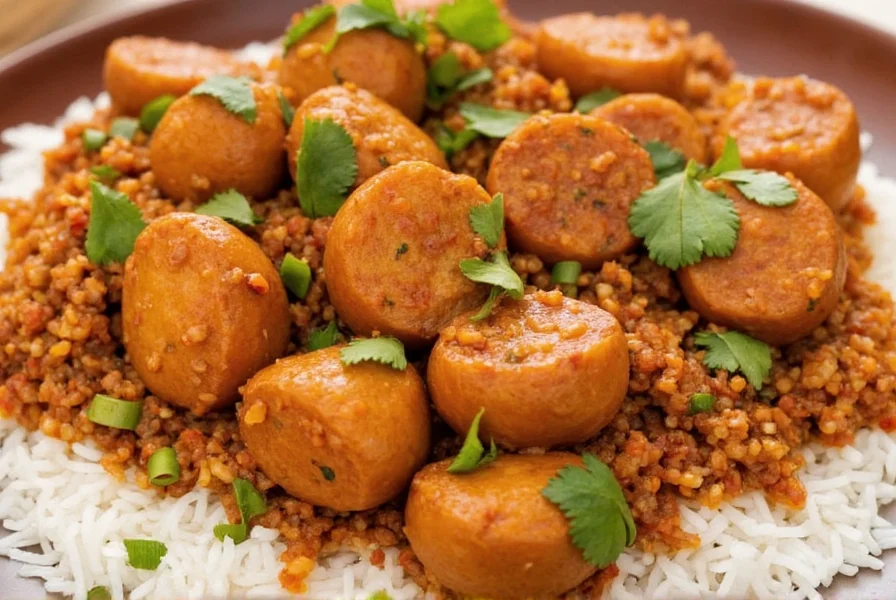









 浙公网安备
33010002000092号
浙公网安备
33010002000092号 浙B2-20120091-4
浙B2-20120091-4